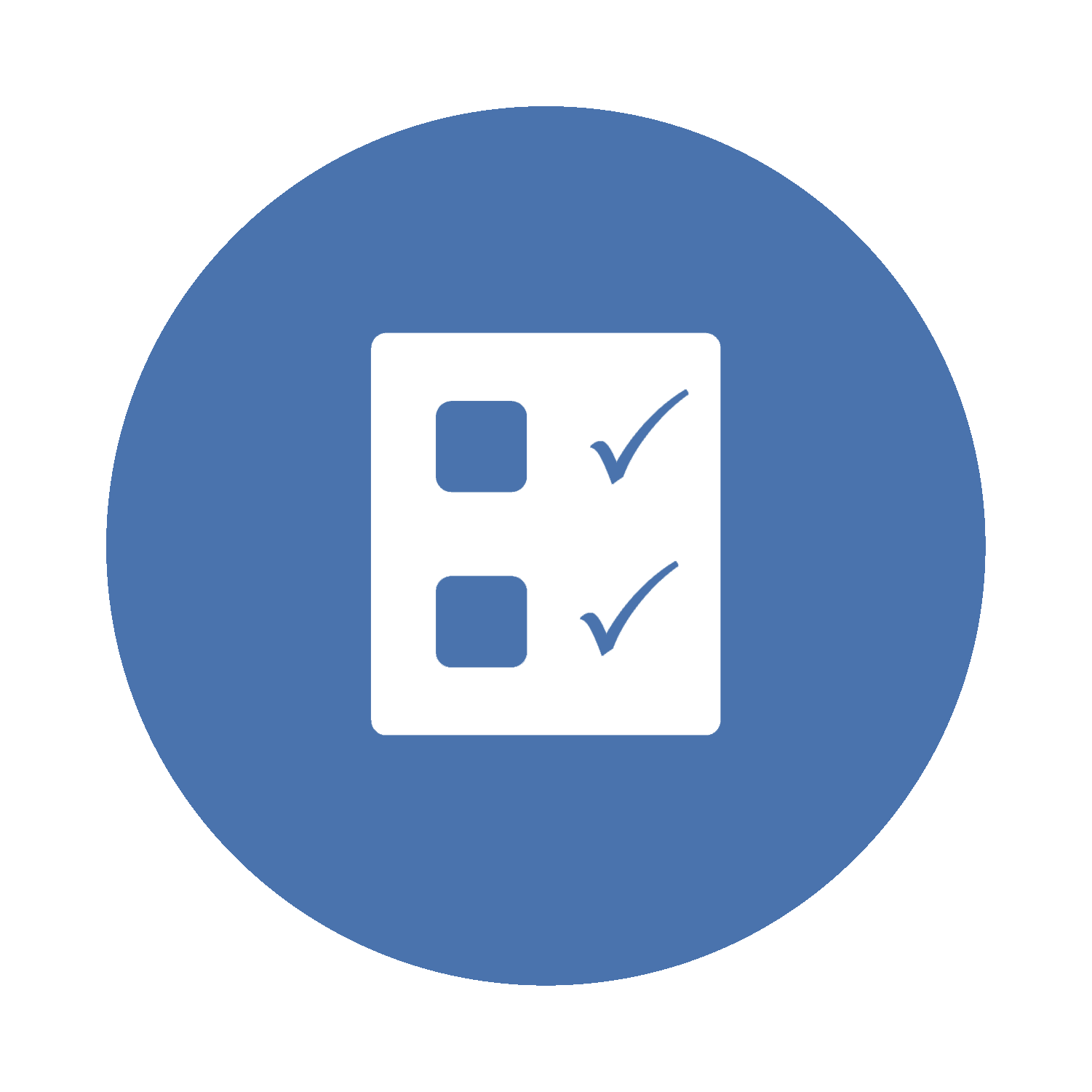02. IS Auditing Standards and Continuous Frameworks
02.04. Continuous Auditing and Monitoring

 Briefly reflect on the following before we begin:
Briefly reflect on the following before we begin:
- What are the fundamental limitations of periodic Auditing?
- What are the performance metrics to monitor continuously from a risk management perspective?
- Can you think of real-world examples of how continuous monitoring practices can be implemented?
This section will compare continuous and periodic Auditing, highlighting the shift from traditional, interval-based Auditing to a more dynamic, ongoing process. Continuous Auditing offers timely insights and the ability to respond quickly to irregularities, whereas Periodic Auditing relies on historical data and needs to be more agile in addressing current issues.
We will also discuss how modern audit processes utilize real-time data analysis, automated alert systems, and notifications to identify anomalies and potential risks promptly. Such capabilities enhance the auditor’s ability to act swiftly, ensuring issues are addressed before they escalate into significant problems. Next, we will discover the Importance of selecting relevant and meaningful metrics that align with the organization’s objectives and risk profile. Key metrics include financial ratios, operational performance indicators, and compliance metrics, all critical for ongoing oversight and decision-making.
Lastly, we will review how continuous auditing and monitoring practices are integrated within existing internal control frameworks. This integration ensures that continuous auditing activities align with the organization’s broader risk management and control strategies. It involves aligning continuous monitoring activities with established control frameworks like COSO and COBIT, ensuring that continuous auditing activities are not standalone processes but are integrated into the organization’s overall governance and risk management strategy.
Continuous Auditing vs. Periodic Auditing
Continuous Auditing is an automated method that involves regular or real-time assessment of an organization’s financial and operational activities. Its immediacy and ongoing nature characterize this approach. It facilitates examining transactions and controls as they occur or shortly after that. This approach allows auditors to identify and address issues in near real time. Advanced technologies, including AI and data analytics, are integral to continuous Auditing. These tools automate data collection and analysis, making the audit more efficient and effective. Unlike periodic Auditing, continuous Auditing is not limited by predefined schedules. Its scope can be broad, simultaneously covering various areas of an organization, thanks to automation. By continuously monitoring systems and transactions, auditors can proactively identify potential risks and control weaknesses, allowing for immediate corrective action. Implementing continuous Auditing requires significant investment in technology and may pose challenges regarding data volume management and the need for specialized skills to interpret real-time data.
Key metrics are critical in this process, serving as indicators that help auditors evaluate the effectiveness of controls, identify potential issues, and make informed decisions. The selection and implementation of these metrics are pivotal in ensuring the efficiency and effectiveness of continuous monitoring activities. Some of the commonly used metrics indicating the effectiveness of continuous monitoring practices include the following:
- System Availability and Performance Metrics:
- These metrics are fundamental in continuous monitoring, focusing on the uptime and performance of critical systems and applications. Key indicators include system uptime percentages, response times, and transaction speeds. Consistently high availability and optimal performance indicate healthy IT systems, while frequent downtimes or performance issues may signal underlying problems.
- Security and Compliance Metrics:
- Security metrics are crucial in assessing the effectiveness of an organization’s cybersecurity measures. These may include the number of detected security incidents, the frequency of security scans, and the number of unresolved security vulnerabilities. Compliance metrics, on the other hand, measure adherence to various regulatory and internal policy requirements. This might involve tracking the number of compliance violations, audit findings, and corrective actions taken.
- Change Management Metrics:
- Metrics in this area could include the number of changes implemented, the success rate, and the frequency of emergency changes. High volumes of emergency changes or a low success rate in regular changes can indicate issues in the change management process.
- Data Integrity and Quality Metrics:
- These metrics focus on an organization’s data’s accuracy, consistency, and reliability. They might include data completeness measures, error rates in data entry, and frequency of data reconciliation issues.
- User Activity and Access Control Metrics:
- Monitoring user activities and access control is critical for ensuring data security and preventing unauthorized access. Relevant metrics include the number of failed login attempts, unusual access patterns, and violations of access policies. These metrics help in identifying potential insider threats or compromised accounts.
- Network Performance and Traffic Metrics:
- Monitoring network performance and traffic is vital for companies with extensive network infrastructures. Metrics include network throughput, packet loss rates, and unusual traffic patterns. These indicators help in identifying potential network issues or threats.
- Incident Response and Resolution Metrics:
- These metrics assess the effectiveness of an organization’s incident response capabilities. Key indicators include the average time to detect and respond to incidents, the number of incidents escalated, and the average resolution time. Efficient incident response and resolution are crucial for minimizing the impact of security incidents.
Periodic Auditing, the more traditional approach, involves auditing an organization’s systems and processes at set intervals, such as quarterly or annually. These audits are planned and focus on evaluating data from a specific period. The historical data is thoroughly reviewed to assess the effectiveness of controls and compliance with regulations. Periodic audits often involve manual data collection and detailed analysis. This approach allows auditors to conduct an in-depth review of systems and processes. Since periodic audits are less frequent, they often result in comprehensive reports that provide a holistic view of the audit period. It typically identifies issues after they have occurred. While this is useful for rectifying past errors, it might be less effective in preventing future ones. This method is often preferred in environments where systems are stable and changes occur less frequently.
In practice, many organizations value integrating continuous and periodic Auditing. Continuous Auditing can monitor critical operations and high-risk areas, while periodic audits can provide a comprehensive review at regular intervals. This hybrid approach leverages the strengths of both methods – the immediacy and ongoing nature of continuous Auditing and the comprehensive, in-depth analysis characteristic of periodic Auditing. As the field of IS Auditing continues to evolve, continuous and periodic Auditing will likely become more integrated, harnessing the benefits of each to enhance the audit quality and organizational governance.
Real-time Analysis, Automated Alerts, and Notifications
Under continuous Auditing and monitoring, real-time analysis, automated alerts, and notifications have become fundamental components of an IS auditing portfolio. These elements represent the advanced capabilities of modern auditing tools and techniques, offering auditors unparalleled insights into ongoing operations and immediate awareness of potential issues or anomalies. Here is an overview of these three techniques:
| Technique | Description | Example |
|---|---|---|
| Real-time Analysis | Real-time analysis refers to examining data and system activities as they occur without significant delay. It provides instant visibility into transactions and system states, enabling auditors to assess operational aspects as they happen. With current data at their disposal, auditors can make well-informed decisions quickly. This immediacy is crucial in dynamic environments where conditions change rapidly. It helps in promptly identifying irregularities, errors, or breaches. Early detection of such issues can significantly reduce the risk and impact on the organization. Real-time analysis allows auditors to adapt their strategies and focus areas based on live data, enhancing the audit’s relevance and effectiveness. | An IS auditor can set up real-time analysis on network traffic to detect unusual patterns indicative of a cyber attack. For instance, a sudden spike in data traffic to an unknown external IP address could be flagged instantly, allowing for immediate investigation. This technique helps identify and mitigate potential security breaches as they occur rather than after the fact. |
| Automated Alerts | Automated alerts are integral to continuous Auditing, providing immediate notifications to auditors when predefined conditions or thresholds are met. These alerts are crucial as they enable auditors to proactively identify issues, often before they escalate into significant problems or breaches. Alerts can be customized to specific audit needs, whether monitoring for unusual transaction volumes, access violations, or other criteria indicative of risks. By directing attention to potential issues as they arise, automated alerts allow auditors to allocate their resources more efficiently, focusing on areas of highest risk or concern. | An IS auditor can establish criteria for these alerts based on normal operational parameters or known risk factors. When an alert is triggered, it signals the auditor to review the event promptly, ensuring swift action on potential security or compliance issues. |
| Notifications | Notifications serve as a mechanism in IS Auditing to communicate critical information to relevant stakeholders. This communication can be about audit findings, system anomalies, or any changes in the risk landscape. Timely notifications ensure that all appropriate parties, including management and IT teams, are informed about essential findings or changes in system status. In cases of security incidents or significant control failures, notifications enable quick coordination of responses among different teams. Notifications also serve as a part of the audit trail, providing a documented record of when issues were identified and communicated. | An IS auditor might set up a system to notify IT security managers when a potential vulnerability is detected, such as outdated antivirus software on several machines. These notifications ensure that critical information is promptly communicated and can be acted upon by the appropriate parties |
Integrating real-time analysis, automated alerts, and notifications into auditing processes represents a shift towards more dynamic, responsive, and efficient Auditing. This integration allows auditors to continuously monitor systems, promptly respond to emerging risks, and maintain a high level of awareness about the operational status of the organization’s IT environment. As technology continues to advance, these capabilities will become even more sophisticated, further enhancing the effectiveness and efficiency of IS Auditing.
Integration with Control Frameworks
Integrating continuous Auditing and monitoring with control frameworks ensures that continuous auditing activities align with established internal control frameworks, enhancing an organization’s overall governance, risk management, and compliance. Control frameworks in IS Auditing are structured guidelines that help organizations design, implement, and maintain adequate controls over their IT systems. Widely recognized frameworks include COSO (Committee of Sponsoring Organizations of the Treadway Commission) Internal Control Framework, COBIT (Control Objectives for Information and Related Technologies), and ISO/IEC 27001 for information security management. These frameworks provide a comprehensive set of best practices, principles, and standards to manage IT-related risks and ensure compliance with regulatory requirements.
The first step in integration is aligning continuous auditing and monitoring activities with the objectives of the chosen control framework. This ensures that the continuous auditing process systematically evaluates the effectiveness of controls in meeting specified goals, such as risk management, compliance, and information security. Next, IS auditors map out the specific controls established in the framework and then design continuous monitoring activities to assess these controls. This mapping identifies vital risk indicators and control points critical to the organization’s IT processes and governance.
Integration involves using advanced technology, such as automated tools and data analytics, to assess controls’ effectiveness continuously. This technology-driven approach enables real-time or near-real-time monitoring, providing immediate insights into control performance and compliance status. Lastly, continuous Auditing and monitoring generate valuable data that can be fed into the control framework. This feedback loop is essential for identifying areas where controls may need enhancement or modification, thereby contributing to the continuous improvement of the control environment.
Continuous monitoring ensures the effectiveness of controls, enabling timely identification and management of risks. Continuous compliance monitoring ensures the organization consistently adheres to relevant regulations and standards, reducing non-compliance risk. Automation and real-time analysis increase the efficiency of the audit process, allowing auditors to focus on more strategic areas requiring in-depth analysis and judgment. The continuous flow of audit information aids in informed decision-making by management, enhancing the overall governance of IT systems.
 In the Spotlight
In the Spotlight
For additional context on the role of Continuous monitoring and continuous Auditing, please read the article “Continuous monitoring and continuous auditing: From idea to implementation” [downloads a PDF file].
Deloitte & Touche LLP (2020). Continuous monitoring and continuous auditing: From idea to implementation. https://www2.deloitte.com/content/dam/Deloitte/us/Documents/audit/us-aers-continuous-monitoring-and-continuous-auditing-whitepaper-102910.pdf
 Key Takeaways
Key Takeaways
Let’s recap the key concepts discussed in this section by watching this video.
Source: Mehta, A.M. (2023, December 6). AIS OER ch 02 topic 04 key takeaways [Video]. https://youtu.be/ZgEtzNIuvqw
 Knowledge Check
Knowledge Check
A model for evaluating internal controls, providing a comprehensive and integrated framework for organizational governance.
A framework for managing and governing enterprise IT, developed by ISACA to create a comprehensive approach to IT governance.
Security metrics are crucial in assessing the effectiveness of an organization's cybersecurity measures.
Compliance metrics measure adherence to various regulatory and internal policy requirements. This might involve tracking the number of compliance violations, audit findings, and corrective actions taken.
Metrics in this area could include the number of changes implemented, the success rate, and the frequency of emergency changes.
Monitoring network performance and traffic is vital for companies with extensive network infrastructures.
These metrics assess the effectiveness of an organization's incident response capabilities.
An integrated approach that ensures an organization's activities, like managing IT systems, are aligned with its objectives, and are compliant with necessary regulations.
Adherence to laws, regulations, and guidelines specific to IT operations within an organization.

